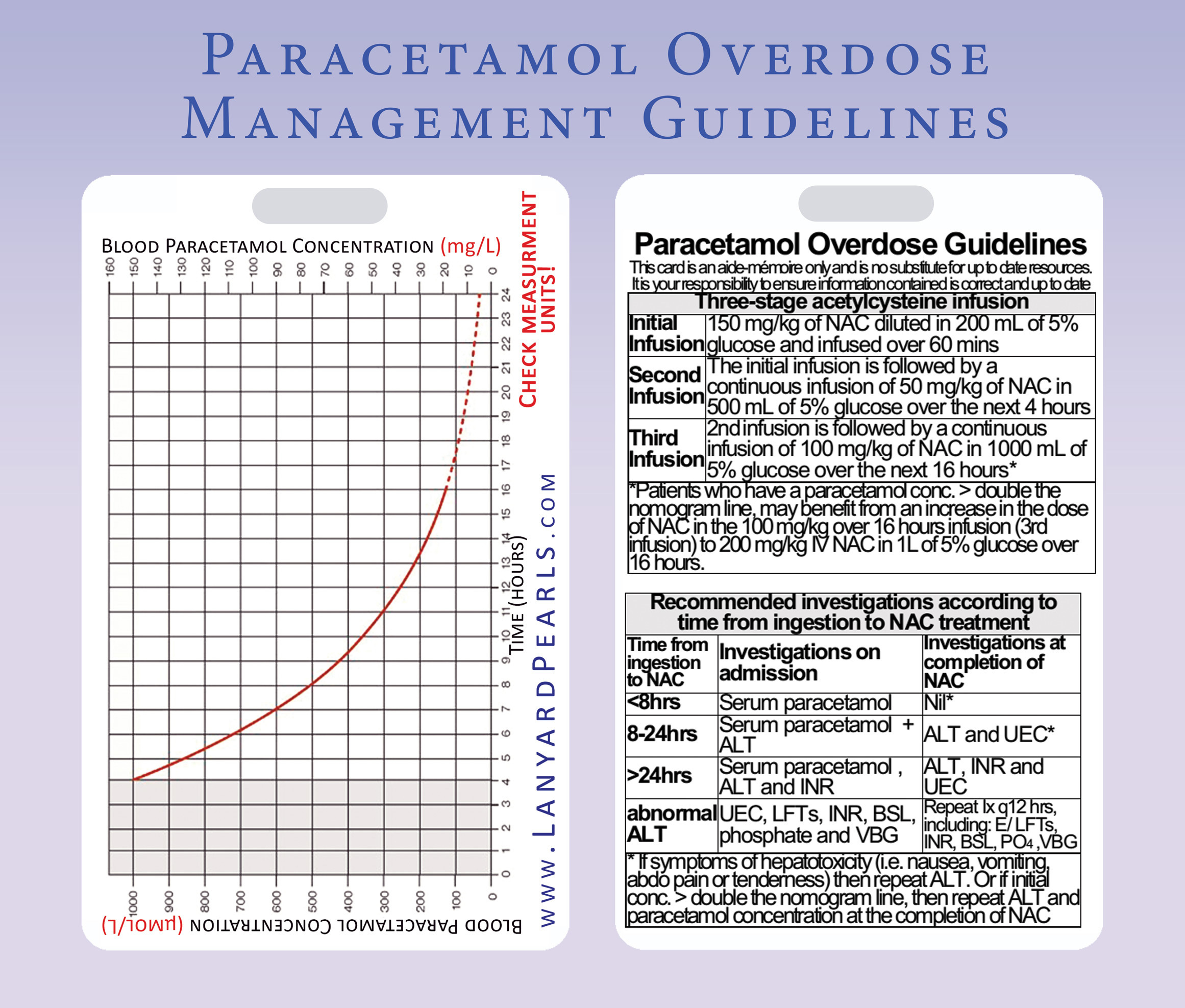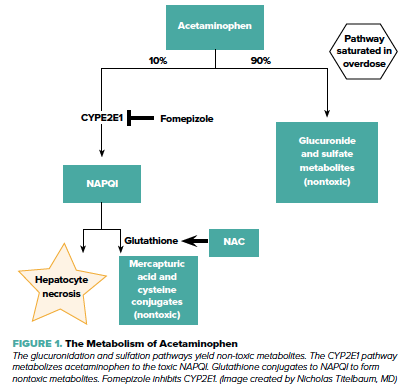
Tachycardia, and non-ischaemic chest pain) and major (including hypotension, angio-oedema and death).ĭata analysis was by descriptive statistics and chi-square analysis using univariate analysis, Fisher's exact testĪnd Mann-Whitney U-test. The primary outcome measure was the occurrence of an ADR during NAC administration.Īdverse drug reactions were classified as minor (including flushing, urticaria, pruritus, bronchospasm, Who presented to the emergency department with paracetamol overdose over the ten-year period from Julyġ995 to June 2004. Observational cohort study undertaken by explicit retrospective medical record review. NAC for the treatment of paracetamol toxicity has a low rate of adverse events.

The aim of this study was toĭetermine the rate of adverse drug reactions (ADR) to intravenous (IV) NAC. N-acetylcysteine (NAC) has been proven to be a highly effective antidote.

Objective: Paracetamol poisoning remains one of the most common and potentially lethal ingestions.

Hong Kong Journal of Emergency Medicine, 14. How safe is intravenous N-acetylcysteine for the treatment of paracetamol poisoning? Merl, Wolfgang, Koutsogiannis, Zeff, Kerr, Debra and Kelly, Anne-Maree


 0 kommentar(er)
0 kommentar(er)
